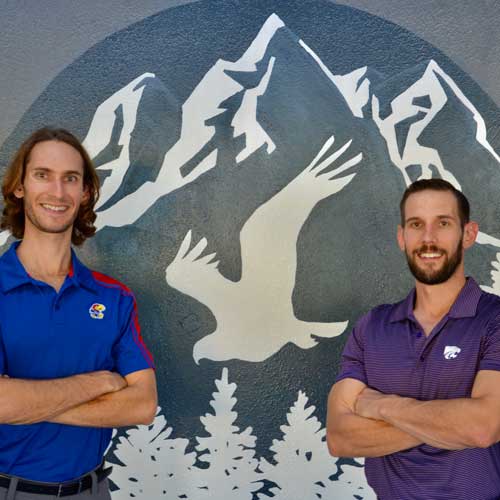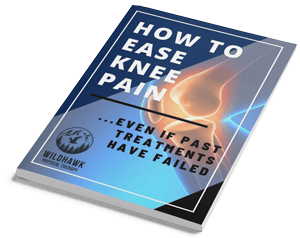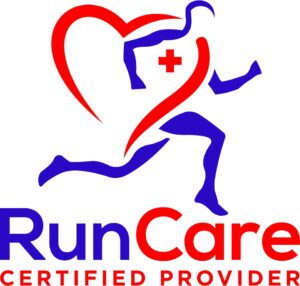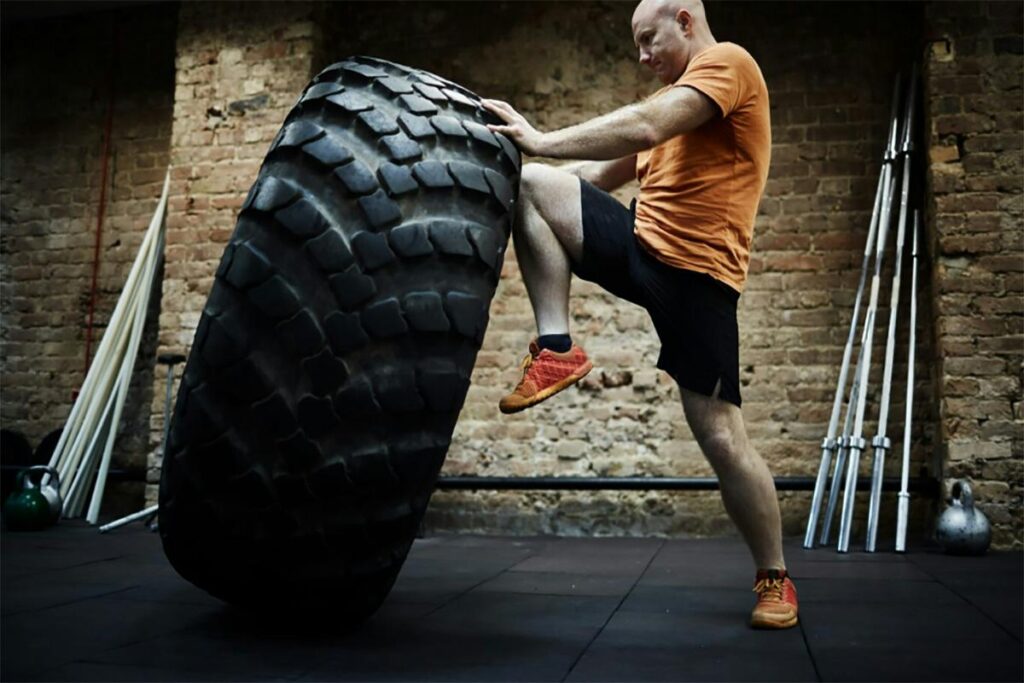
Introduction
Welcome to a transformative exploration brought to you by WildHawk Physical Therapy. In this comprehensive blog post, we unravel the importance of deadlifts—an exercise revered for its ability to build strength and resilience. As we delve into the intricacies of deadlifting, we’ll also explore crucial strategies to prevent injuries and maximize the benefits of this foundational movement.
Understanding the Essence of Deadlifts: Building a Foundation of Strength
The deadlift is a compound movement that engages multiple muscle groups simultaneously. It primarily targets the muscles of the lower back, glutes, hamstrings, and core. Beyond its muscle-building benefits, the deadlift is a functional exercise with real-world applications, making it a cornerstone of strength training.
The Significance of Deadlifts for Overall Strength
- Muscle Engagement: A Full-Body Affair
- Deadlifts recruit a wide range of muscles, including the erector spinae, lats, quadriceps, and more. This full-body engagement makes deadlifts a potent exercise for overall strength development.
- Strengthening these muscle groups contributes not only to improved physique but also to enhanced functional capacity in daily activities.
- Posterior Chain Development: Building a Strong Foundation
- Deadlifts target the posterior chain—comprising the muscles along the back of the body, from the lower back to the calves. This emphasis on the posterior chain is crucial for maintaining balance, stability, and preventing injuries.
- A robust posterior chain contributes to better posture, reduced risk of lower back pain, and improved athletic performance.
- Hormonal Response: Amplifying Growth and Recovery
- Compound movements like deadlifts trigger a substantial hormonal response, including the release of growth hormone and testosterone. This hormonal surge aids in muscle growth, recovery, and overall fitness progression.
- The systemic benefits of deadlifts extend beyond the muscles worked, positively impacting the body’s adaptive response.
Navigating the Terrain of Deadlifts: Injury Prevention Strategies
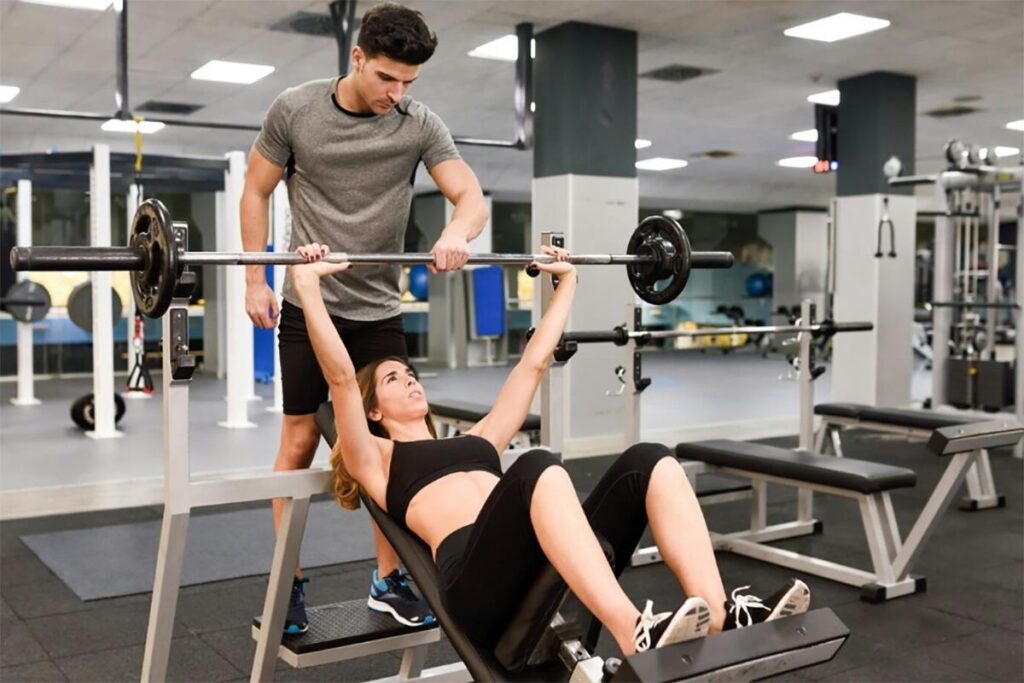
- Mastering Proper Form: The Foundation of Injury Prevention
- Proper form is paramount when performing deadlifts. A neutral spine, engaged core, and hip hinge movement pattern are essential elements of correct deadlift form.
- Engaging in deadlifts with improper form increases the risk of injuries, particularly to the lower back. Seeking guidance from a qualified fitness professional or physical therapist is advisable, especially for beginners.
- Progressive Loading: A Gradual Approach to Strength Gains
- Progressing gradually in terms of weight and intensity is key to injury prevention. Rapid increases in weight can strain the muscles and joints, leading to overuse injuries.
- Adopting a progressive approach allows the body to adapt to increased loads, minimizing the risk of strains and sprains.
- Warm-Up Rituals: Preparing the Body for the Challenge
- A comprehensive warm-up is crucial before engaging in deadlifts. Dynamic stretches, mobility exercises, and light cardio activities prepare the muscles, joints, and nervous system for the demands of lifting.
- Cold muscles are more susceptible to injuries, making a thorough warm-up an integral part of injury prevention.
- Incorporating Variations: Diversifying the Challenge
- Deadlifts come in various forms, including conventional, sumo, and Romanian deadlifts. Incorporating different variations not only adds variety to the routine but also distributes the workload across muscles and joints differently.
- Rotating deadlift variations helps prevent overuse injuries and promotes balanced muscle development.
Addressing Common Concerns: Tailoring Deadlifts to Individual Needs
- Lower Back Sensitivity: Adapting for Comfort and Safety
- Individuals with lower back sensitivity can still benefit from deadlifts by adjusting the range of motion and using lighter weights.
- Partial range deadlifts or variations like rack pulls allow for customization based on individual comfort levels and existing conditions.
- Joint Health Considerations: Seeking Professional Guidance
- Individuals with joint concerns, especially in the knees or hips, should seek professional guidance before incorporating deadlifts into their routine.
- Physical therapists can provide personalized recommendations and modifications to ensure safe and effective deadlifting.
Optimizing Deadlifts for Your Fitness Journey
- Programming Deadlifts Effectively: Balancing Volume and Recovery
- Proper programming is crucial for optimizing deadlift benefits while minimizing the risk of overtraining. Balancing volume, intensity, and incorporating adequate recovery days are essential considerations.
- A well-structured program aligns with individual fitness goals and allows for sustained progress.
- Listening to Your Body: The Art of Intuitive Training
- Intuitive training involves paying attention to the body’s signals and adjusting the workout accordingly. If fatigue or discomfort is persistent, it’s essential to modify the intensity or volume of deadlifts.
- Understanding individual limits and practicing self-awareness fosters a sustainable and injury-free training approach.
Conclusion
In conclusion, mastering the art of deadlifts is a transformative journey toward building strength, resilience, and functional capacity. By understanding the importance of proper form, injury prevention strategies, and tailoring deadlifts to individual needs, one can unlock the full potential of this foundational movement. At WildHawk Physical Therapy in Asheville, NC, we encourage you to embrace deadlifts as a valuable tool in your fitness arsenal, paving the way for a strong, injury-resistant, and vibrant future.
Frequently Asked Questions:
Q: Can deadlifts be beneficial for individuals with pre-existing back pain?
A: Deadlifts can be adapted for individuals with pre-existing back pain under the guidance of a qualified professional. Modifications, such as reducing the range of motion or using lighter weights, can make deadlifts accessible and beneficial for those with back pain.
Q: How often should one perform deadlifts for optimal results?
A: The frequency of deadlifts depends on individual fitness goals, overall training volume, and recovery capacity. For general strength training, incorporating deadlifts once or twice a week is a common practice.
Q: Are there alternative exercises for individuals unable to perform traditional deadlifts?
A: Yes, several alternative exercises can provide similar benefits to traditional deadlifts. These include kettlebell swings, hip thrusts, and cable pull-throughs. Individuals with specific limitations should consult with a fitness professional for tailored alternatives.


